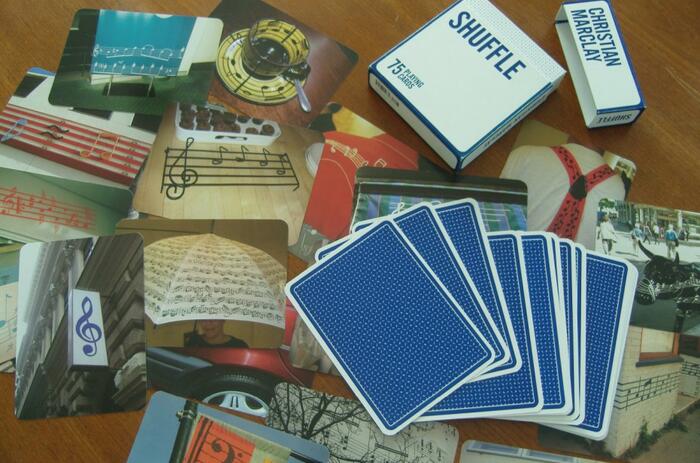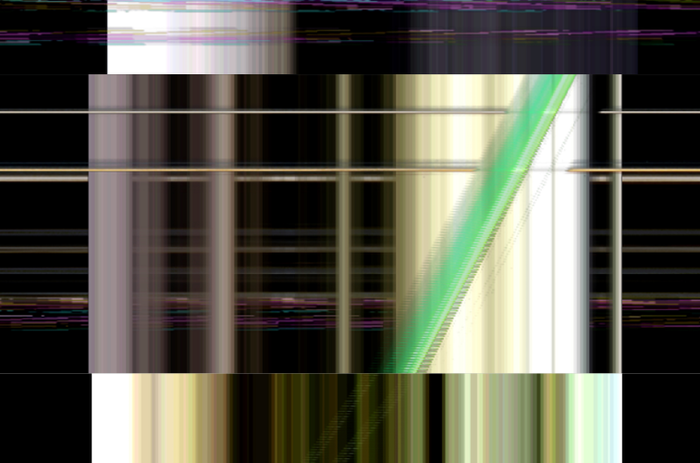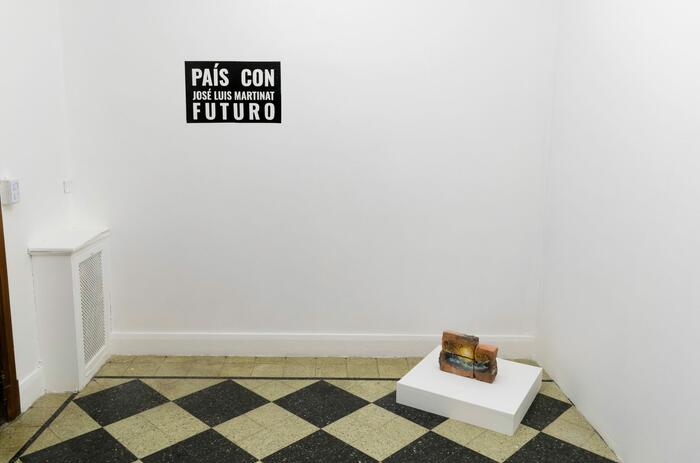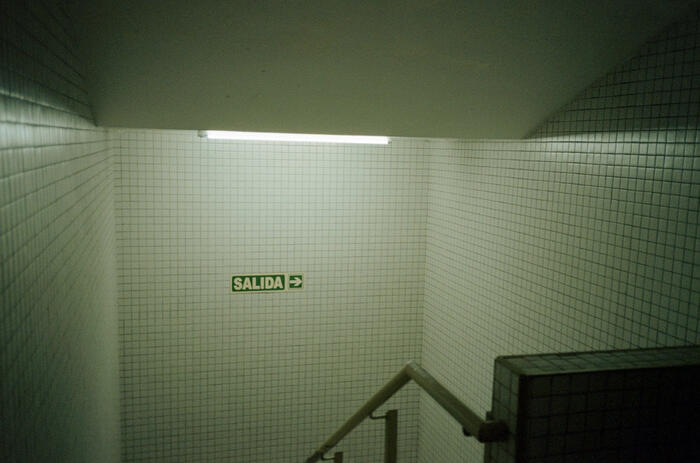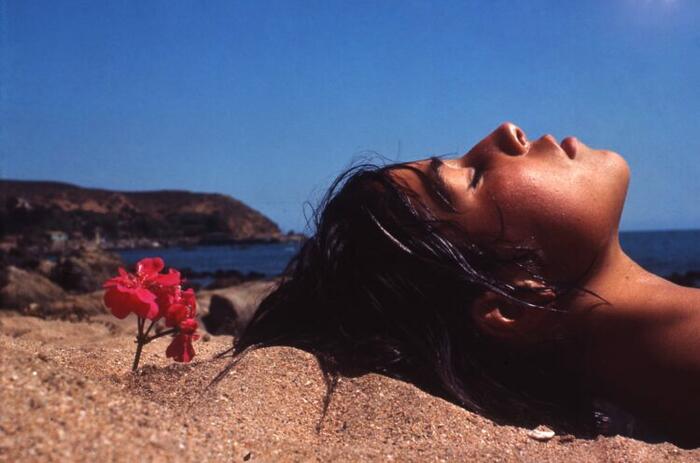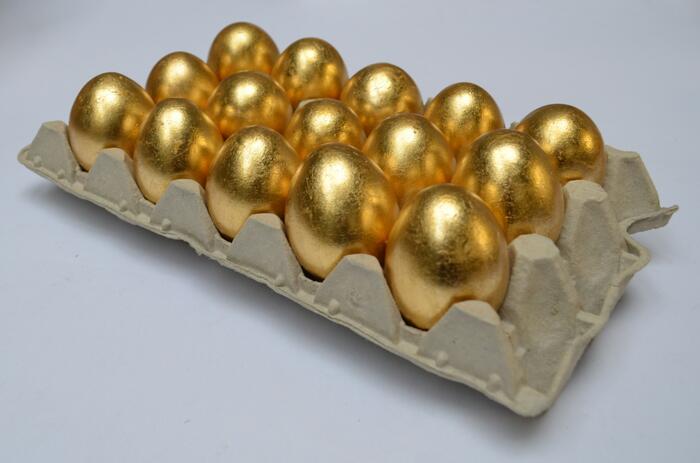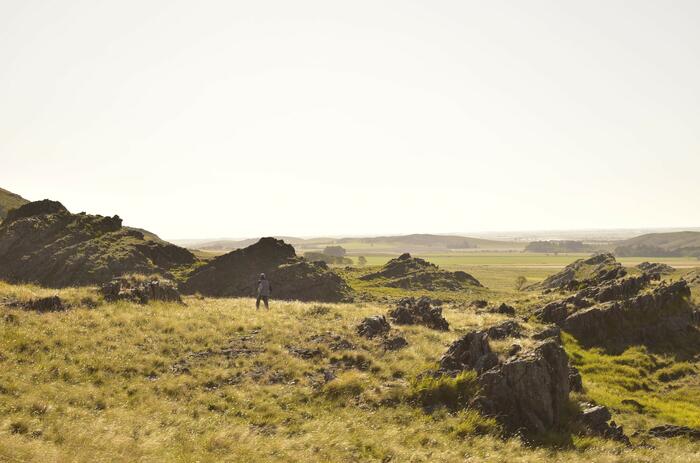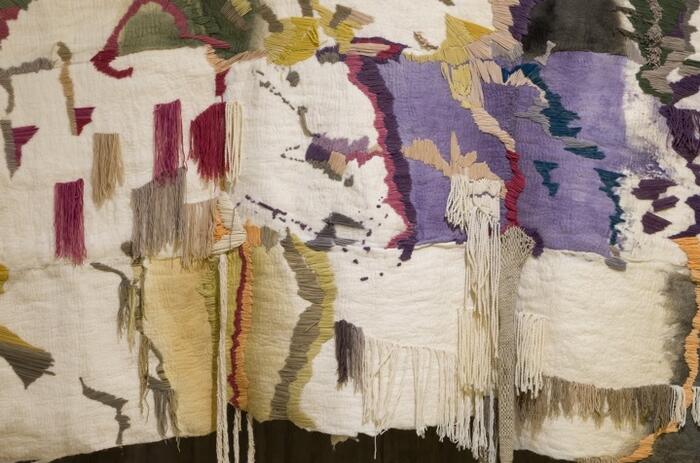THE FIAVOVICH-GOLDBERG DUO AT THE MUSEO MODERNO
Otumpa is the first exhibition of the artists Guillermo Faivovich and Nicolás Goldberg at the Museo Moderno in Buenos Aires, Argentina. Curated by Javier Villa.
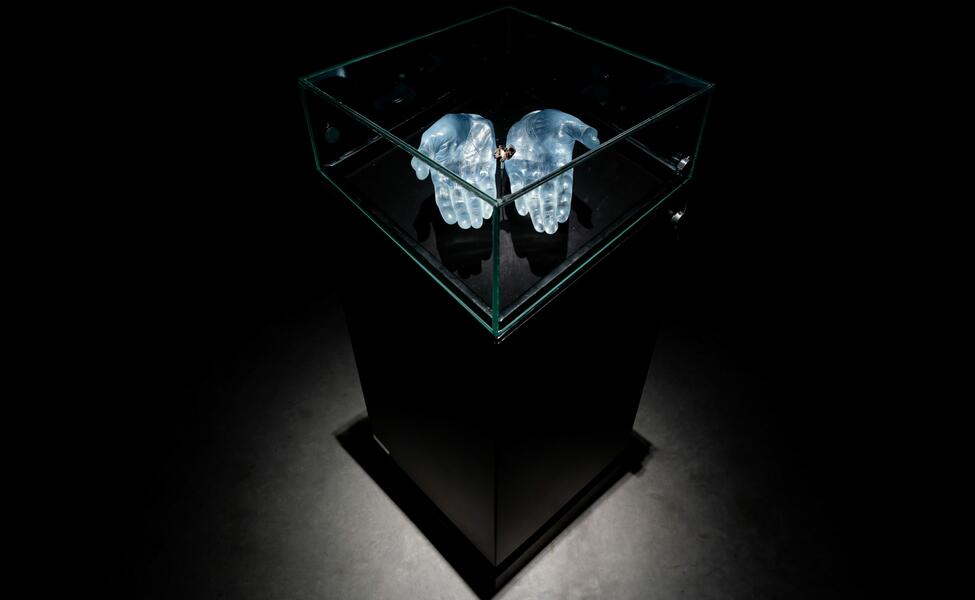
The word otumpa comes from the Chiriguan word motumpa, which means "to worship, divinize or deify". This was the name given by this people to a flat land, with tangled vegetation and difficult to penetrate, and also to the geological formation that hid this place: a hole possibly generated by the impact of an extraterrestrial object. Since the 16th century, several Spanish expeditions have ventured into the interior of this otumpa in search of an enormous mass of iron that had descended from the sky thousands of years ago. This object, later known as the "Meteorito de Otumpa" or "Mesón de Fierro", among other names, became the most famous extraterrestrial rock among the thousands that bombarded Campo de Cielo, in the Southern Chaco of Northeastern Argentina. The mythical aura of the Mesón grew as it became an intraterrestrial treasure, which has been missing since 1783.
Since the beginning of the project "A guide to Campo del Cielo", in 2006, Guillermo Faivovich (Buenos Aires, 1977) and Nicolás Goldberg (Paris, 1978) have been rehearsing quests and possible encounters with the missing meteorite. The Otumpa exhibition presents a series of works that dwell beyond the current context. By crossing the forest and its biodiversity, devastated by fashionable monocultures, a space of recollection opens up. At one end, the meteorite reappears as a monumental painting: its immaterial image floats in the nothingness on a real scale. At the other end, a small specimen of 19 grams, belonging to the collection of the Natural History Museum in Vienna, is the only material remains that can be attributed today to the Meson. After being identified in 2019 by the artist duo, that fragment returns for the first time to the region of its landing.
These works join a new finding emerging from the artists' research process: two paintings from the Sanctuary of the Virgin of the Lagoon (Mesón de Fierro). Made by Lilly Zollinger de Escribanich (Chaco, 1928-2017), these paintings expand the imaginary around the cosmic event and its landscape, while bringing together moments from its copious history.
Otumpa, Faivovich & Goldberg's first exhibition in a museum in Buenos Aires, proposes a space for us to meet with the image of what is among us, but in absence. Because what is missing, rather than being found nowhere, could be found everywhere.
For more than a decade, the duo formed by Guillermo Faivovich and Nicolás Goldberg has developed an extensive research work about Campo del Cielo, a border region between Chaco and Santiago del Estero on which a meteorite shower fell approximately 4000 years ago. The result of this ever-expanding initiative is a body of work that analyzes the particularities of a singular event and illuminates the dynamics between certain cosmic objects and their complex political existence. Through in-depth archival research, forensic cultural anthropology, and systemic narratology, Faivovich and Goldberg review the testimonial charge contained in Campo del Cielo and its bifurcations. Their work explores matter as a canvas where events leave their mark through time and the methodologies elaborated by human knowledge to interpret the history of objects that, having arrived from outer space, are now part of planet Earth.
Recent projects include Saxa loquuntur! (Galería Barro, 2022), Encuentro con El Mataco (Museo Histórico Provincial de Rosario Julio Marc, 2019), Mesón de fierro: Towards the XXII Century (United Nations, Vienna, 2019), In Search of Mesón de Fierro (Naturhistorisches Museum, Vienna, 2018) and Decomiso (ASU Art Museum, Arizona, 2018). They have participated in lecture programs at the Universidad Di Tella, Buenos Aires (2018); the Thyssen-Bornemisza Art Contemporary (Vienna, 2017), the Museo de Arte Latinoamericano de Buenos Aires (2017), the Dia Art Foundation (New York, 2013) and the Massachusetts Institute of Technology, Cambridge (2011). They live and work in Buenos Aires.

